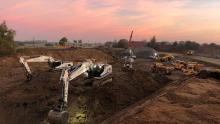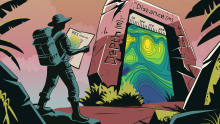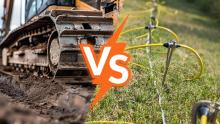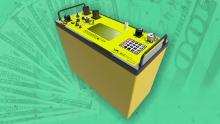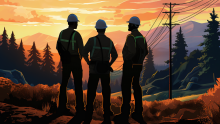SuperSting™ Marine Resistivity
Marine Resistivity Surveys are now easier, quicker, and more efficient with our 3rd Generation SuperSting™ Marine System.
When towing a streamer you often only have one shot to collect the data correctly. Missing the mark means having to loop around to recollect data—wasting precious survey time. And with no landmarks on the open water, it can be easy to lose track of where you surveyed—even with a GPS.

